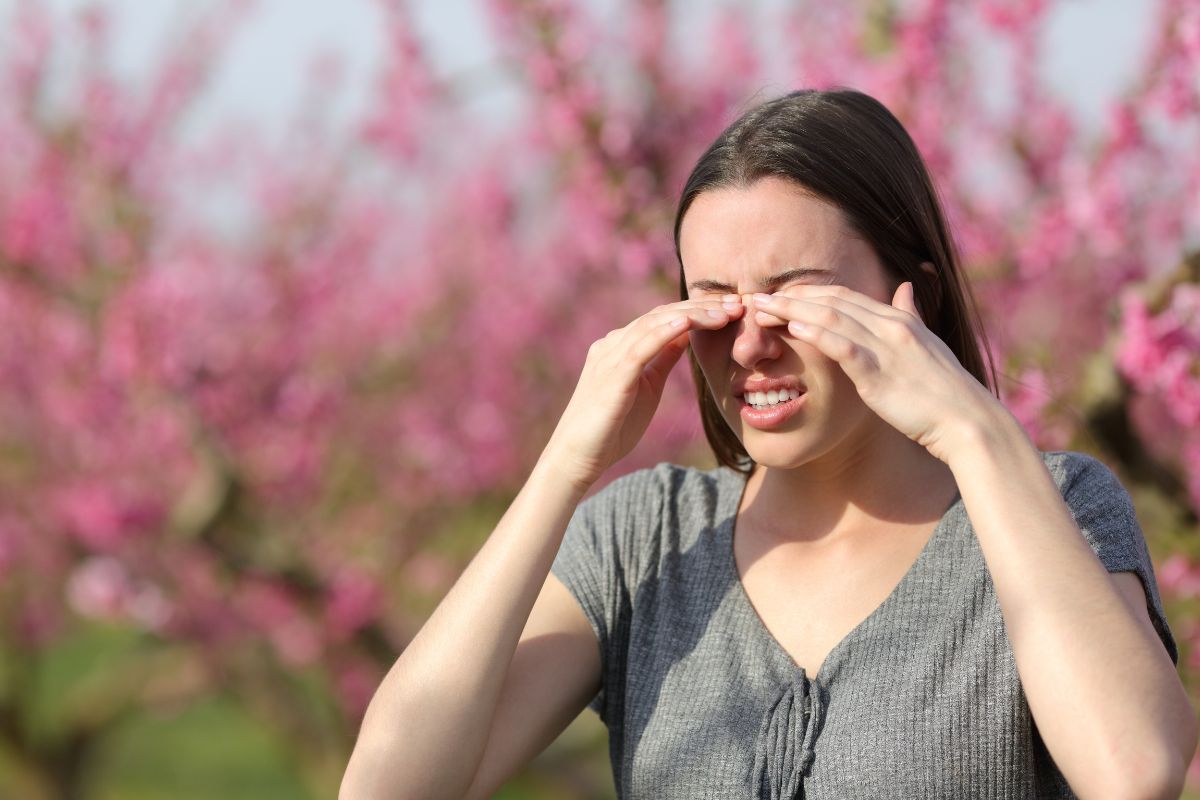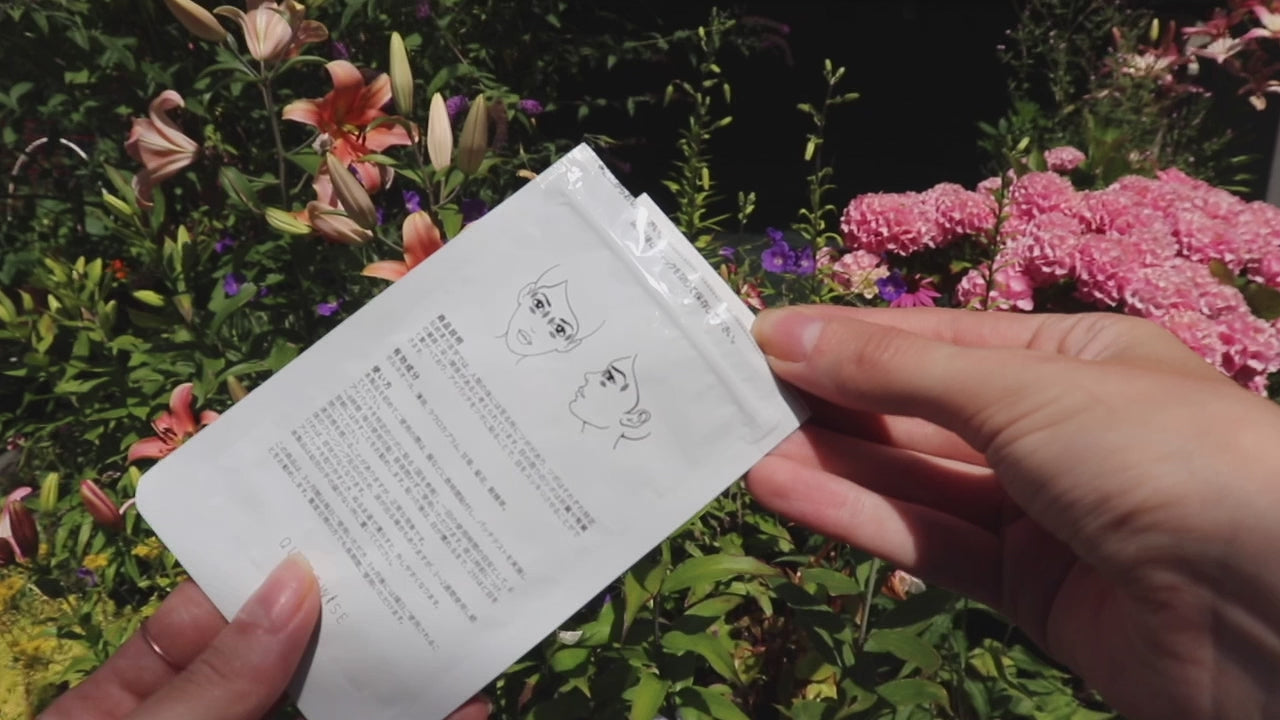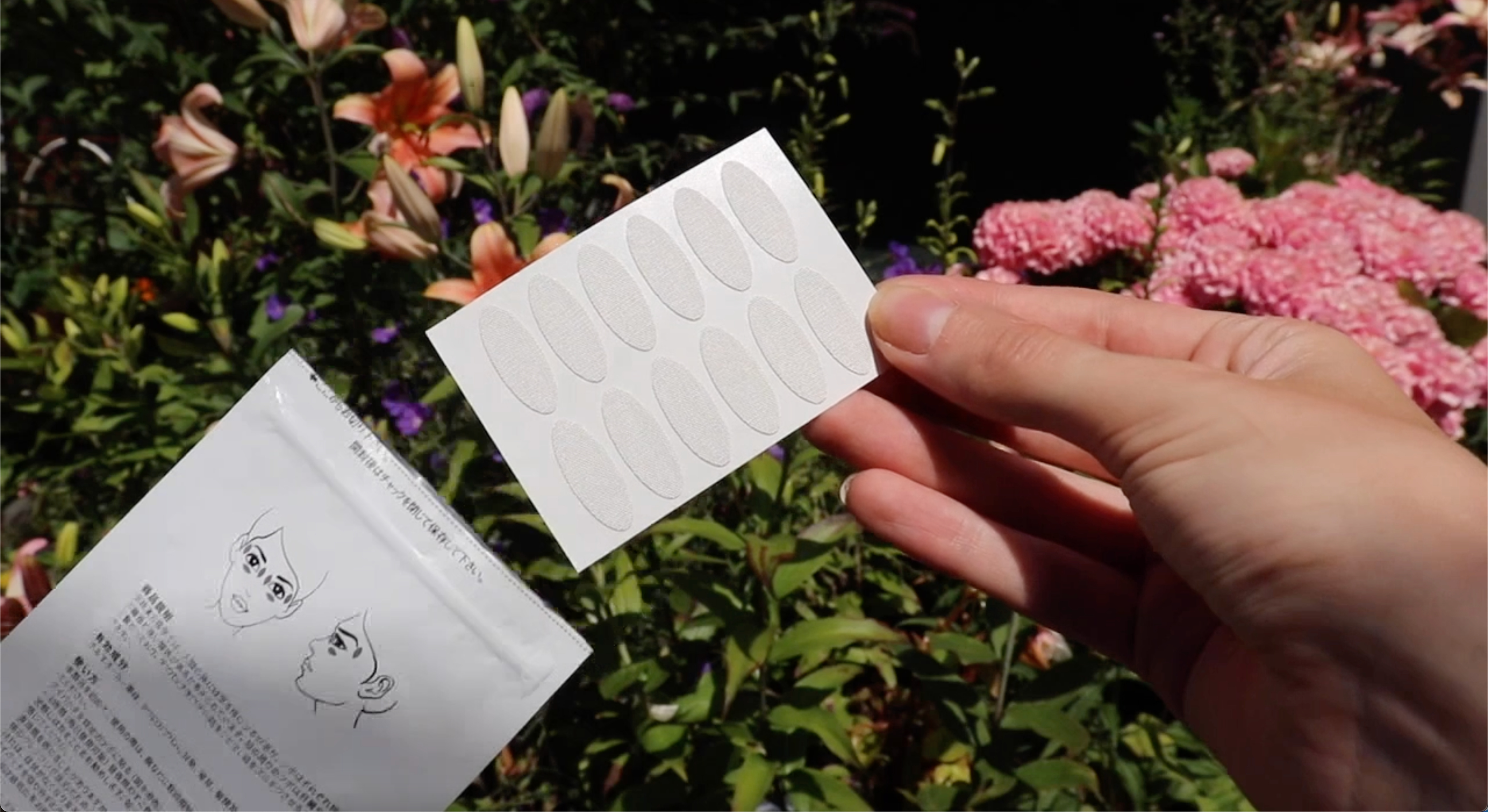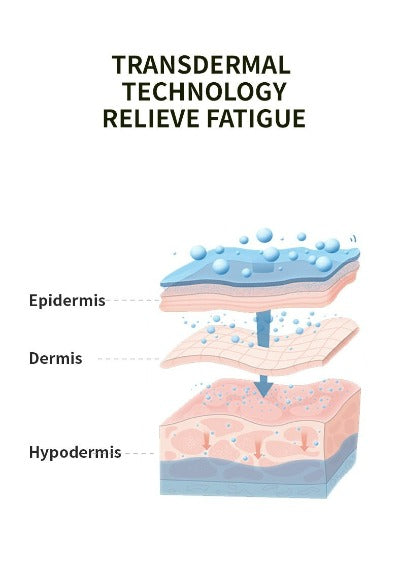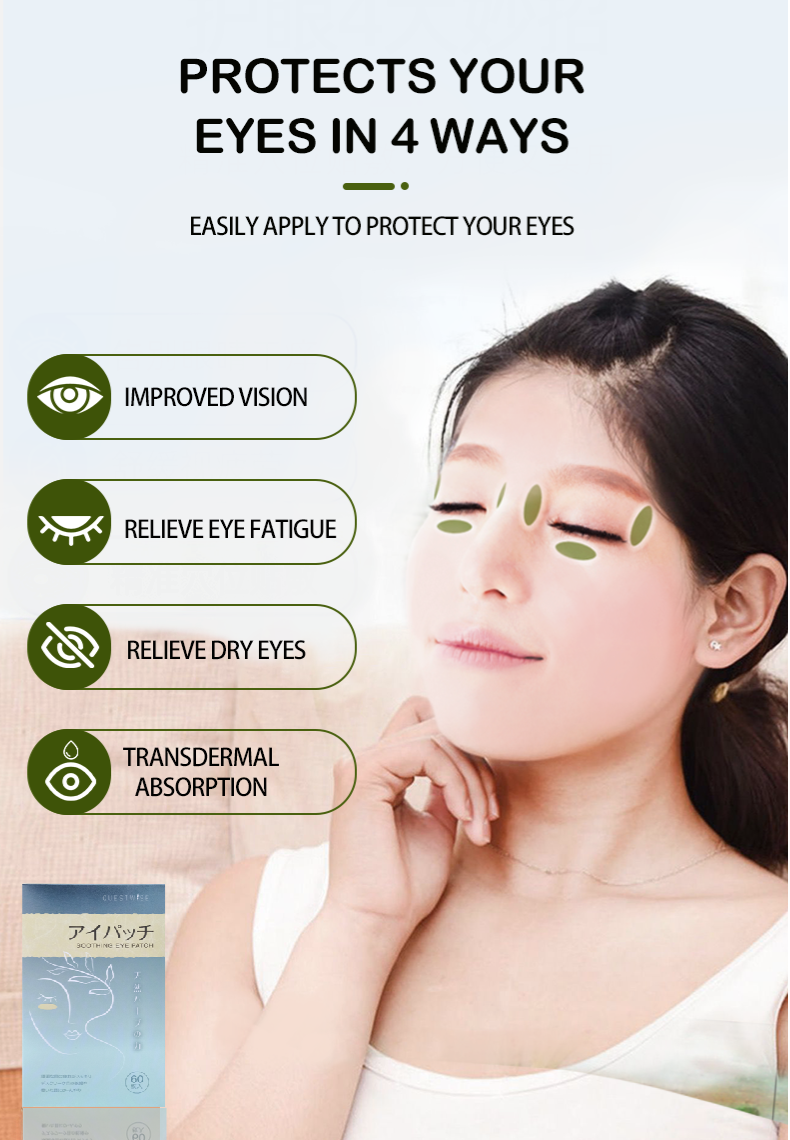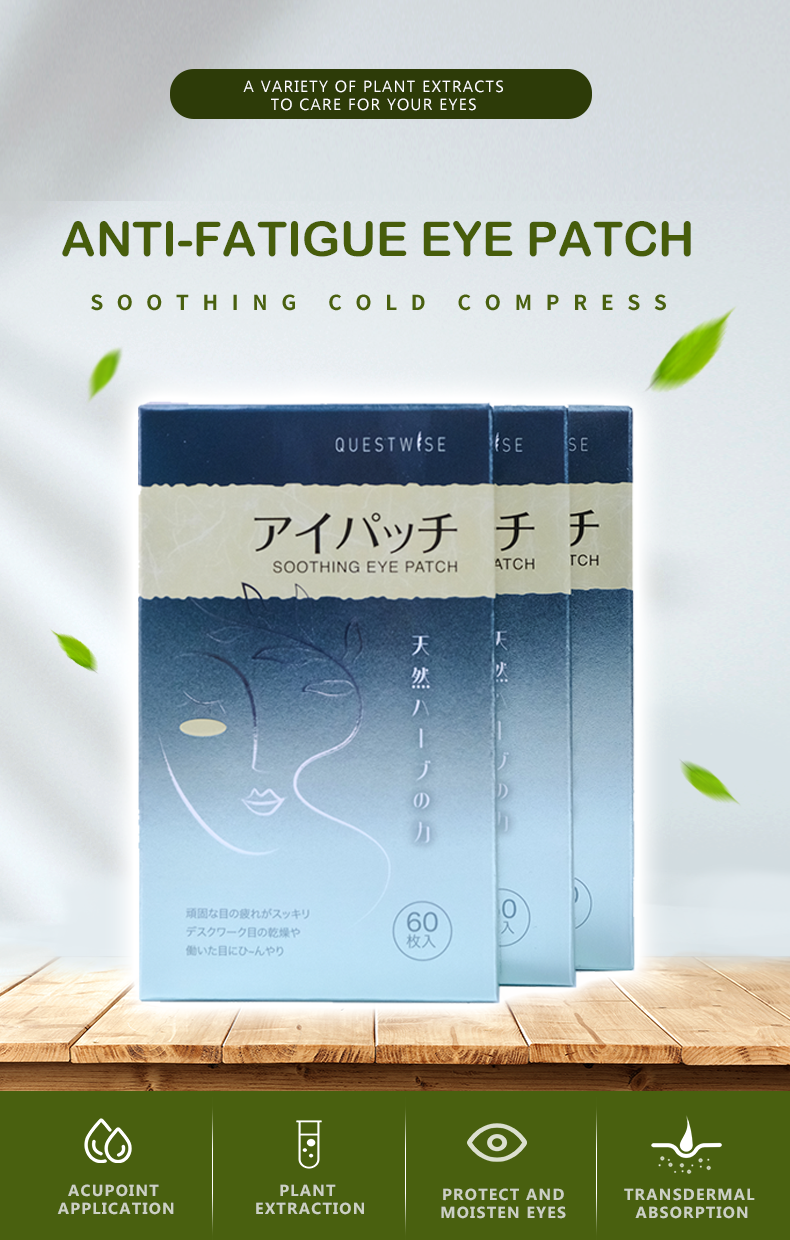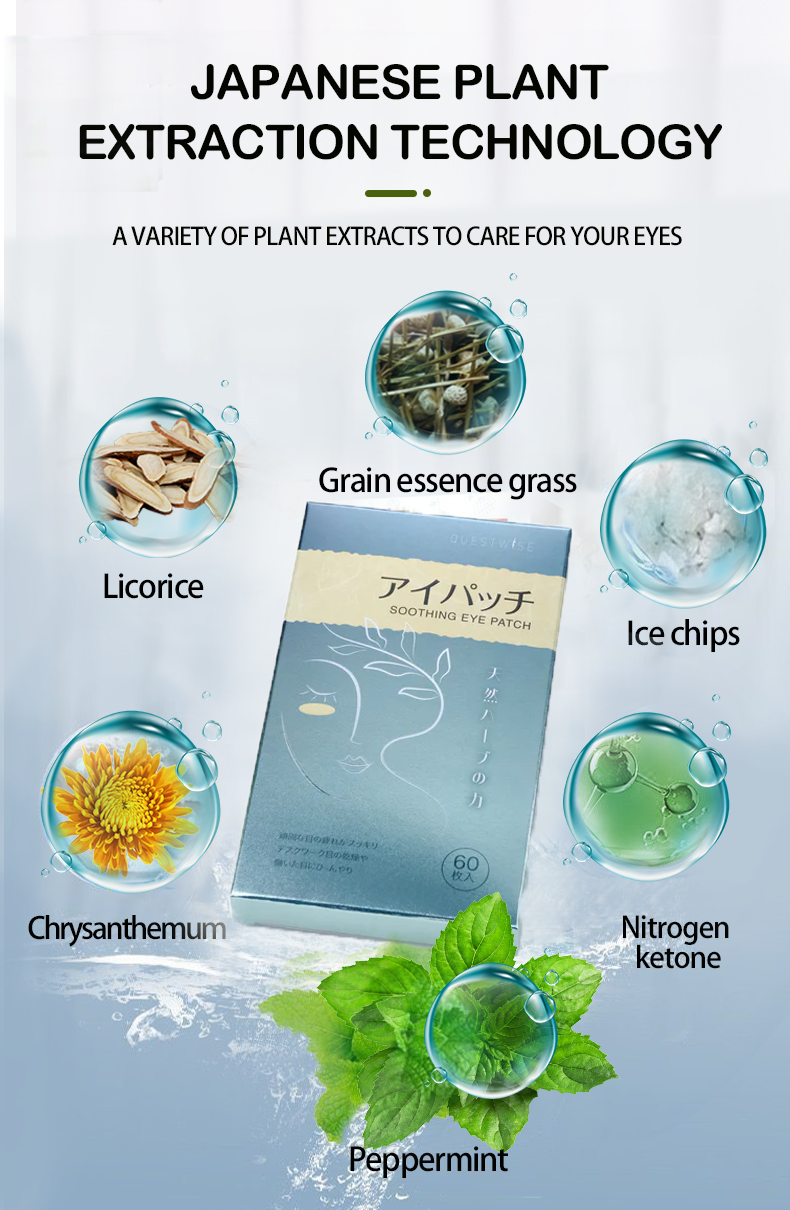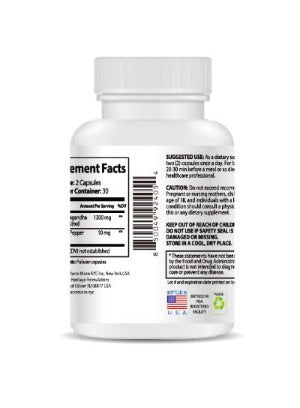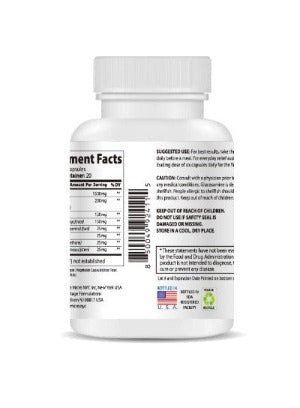Itchy Eyes Driving You Crazy? Blame Pollen Allergy
Spring has sprung, and with it comes the dreaded pollen season. For many, this means itchy, watery eyes, and a whole host of other allergy symptoms. But what causes these pesky symptoms, and what can you do to relieve them? Let's delve into the world of pollen allergies and how to find some much-needed relief. This comprehensive guide will explore the science behind pollen allergies, their impact on your eyes, and effective strategies for managing this common springtime ailment. We'll also introduce you to a revolutionary product designed to soothe irritated eyes.
Understanding Pollen Allergy and Itchy Eyes: A Deeper Dive
Pollen allergy, also known as allergic rhinitis or hay fever, is a common condition that occurs when your immune system mistakenly identifies harmless pollen as a threat. Pollen, the fine powder released by plants for reproduction, is inhaled and triggers the release of histamine, a chemical that leads to inflammation and a cascade of allergy symptoms. Itchy eyes are a hallmark symptom, often accompanied by sneezing, runny nose, congestion, and sometimes even headaches and fatigue. The severity of these symptoms can range from mild discomfort to debilitating reactions that significantly impact daily life.
The immune system's overreaction to pollen is a complex process involving various cells and molecules. When pollen comes into contact with the mucous membranes of your nose and eyes, specialized immune cells called mast cells release histamine and other inflammatory mediators. Histamine causes the blood vessels in your eyes to dilate, leading to increased blood flow, swelling, and the characteristic itching and redness. The increased fluid production contributes to watery eyes, while the inflammation can trigger the intense itchiness that disrupts daily life. This inflammatory response can also cause eye dryness, a common complaint among allergy sufferers.
Types of Pollen and Their Seasonal Impact
Understanding the different types of pollen and their seasonal release patterns is crucial for effective allergy management. Tree pollen, often released in early spring, is a common culprit for early-season allergy sufferers. Different tree species release pollen at varying times, extending the impact of tree pollen allergies over several weeks. Following tree pollen, grass pollen dominates the late spring and summer months, often causing a more prolonged period of intense symptoms. Finally, weed pollen, prevalent in late summer and fall, can trigger a final wave of allergic reactions before the onset of winter. Each pollen type has unique characteristics that determine its allergenicity and the severity of symptoms it elicits.
Individual Sensitivity: Why Reactions Vary
The severity of pollen allergy symptoms varies significantly among individuals. Genetic predisposition plays a crucial role, determining an individual's susceptibility to specific pollen types. Prior exposure to pollen also influences the intensity of reactions. Individuals with a history of repeated exposure may develop a more robust immune response, leading to more pronounced symptoms. Other factors, such as overall health, environmental conditions, and the level of pollen exposure, all contribute to the variability of individual experiences.
Beyond Itchy Eyes: Other Allergy Symptoms
While itchy eyes are a prominent symptom of pollen allergy, other symptoms frequently accompany this condition. These may include: sneezing fits, leading to nasal irritation and discomfort; runny nose, producing excessive mucus and nasal congestion; and post-nasal drip, where mucus drains down the back of the throat, causing throat irritation. Some individuals may experience headaches, earaches, or even fatigue due to the body's constant battle against allergens. In severe cases, allergic reactions can manifest as breathing difficulties, requiring immediate medical attention.
Finding Relief for Itchy Eyes: A Multi-pronged Approach
Managing itchy eyes during pollen season typically involves a combination of preventative measures and symptomatic treatments. Minimizing pollen exposure is paramount. Staying indoors on high-pollen days, keeping windows closed, and using air conditioning are crucial. Regular showering helps remove pollen accumulated on hair and skin. Effective management is a multi-faceted strategy. Here's a breakdown:
- Over-the-counter medications: Oral antihistamines block histamine release, reducing symptoms but potentially causing drowsiness. Non-drowsy options are available. Eye drops containing antihistamines or mast cell stabilizers target eye inflammation and itching, providing more direct relief.
- Home remedies: Cold compresses soothe inflamed eyes, reducing redness and swelling. Saline nasal spray rinses away nasal pollen, reducing its transport to the eyes. Proper hydration supports the body's natural cleansing mechanisms.
- Lifestyle changes: Regular cleaning of the home reduces allergen accumulation. High-efficiency particulate air (HEPA) filters in air purifiers can significantly minimize indoor pollen levels.
Beyond conventional methods, consider incorporating soothing eye patches into your routine for enhanced relief. The Wise Quest Soothing Eye Patches offer a unique solution. Infused with traditional Chinese herbal medicine, these patches target eye fatigue, dryness, astringency, redness, and swelling. By promoting healthy blood circulation, they address underlying causes of eye discomfort, offering a holistic approach to soothing irritated eyes.

When Professional Help Is Necessary
While many effectively manage pollen allergy symptoms at home, seeking professional medical advice is crucial if symptoms are severe, persistent, or worsening. Severe eye irritation, vision changes, intense discomfort, or breathing difficulties warrant immediate medical attention. A healthcare provider can provide a proper diagnosis, recommend appropriate treatments, and rule out underlying conditions contributing to symptoms. They might suggest stronger medications, immunotherapy, or other specialized treatments.
Long-Term Management and Prevention
Long-term pollen allergy management requires a comprehensive strategy. Regularly monitoring pollen forecasts helps anticipate high-pollen days, enabling preventative measures. Allergy testing identifies specific triggers, allowing focused avoidance. Maintaining a healthy lifestyle—including adequate sleep, stress management, and a balanced diet—boosts the body's resilience to allergens. Consider these proactive measures to minimize the impact of pollen allergies.
Conclusion: Reclaiming Spring Comfort
Pollen allergy and itchy eyes significantly impact quality of life, but effective management strategies restore comfort. Combining preventative measures, symptomatic relief, and possibly incorporating the Wise Quest Soothing Eye Patches allows you to reclaim your spring comfort. Remember, proactive management and seeking professional help when needed are essential for long-term allergy control.

